In this new article, I invite you to plunge into a colourful world in the heart of Alsace, a picturesque region with a unique charm and rural landscapes. From cobbled streets and half-timbered houses to verdant vineyards, Alsace is a veritable tableau vivant where colours come to life. In this article, we'll discover the emblematic colours that characterise this beautiful region and the symbols and meanings that go with them. Get ready for an explosion of vibrant hues, from the bright reds of the geraniums to the warm ochre and yellow of the facades and the soothing shades of green of the vines. Admire the colours of Alsace, which tell the story of a land rich in tradition and beauty.
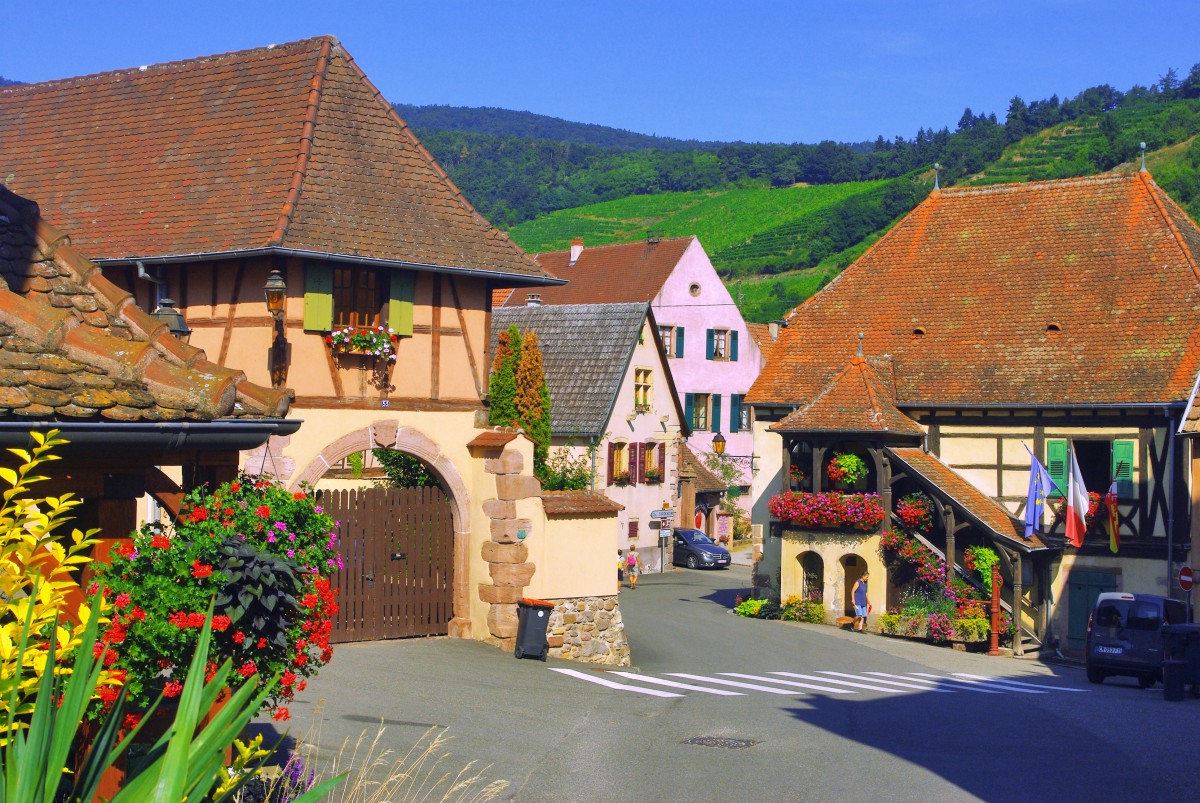
The colours of Alsace in Niedermorschwihr © French Moments
The bright colours of Alsace
To describe the colours of Alsace, we're going to look at seven emblems that light up the soul of Alsace:
- the red and white Alsatian flag,
- the Alsatian costume,
- the Alsatian geranium on the windowsill,
- the colourful facades of the villages,
- the green of the Alsatian vineyards,
- the white stork and
- the gold of the Christmas markets.
The Alsatian Flag 
The traditional flag of Alsace, known as the "Rot un Wiss" (red and white in Alsatian), comprises two vertical stripes of red and white. These colours have a deep symbolic meaning in the Alsatian context.
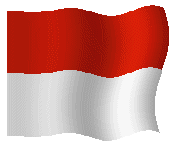
Red and White
Red represents several key elements of Alsatian history and culture. First and foremost, it evokes power and strength, reflecting the region's turbulent history and the resilience shown by its people in the face of challenges.
Red also embodies the courage, energy and passion of the Alsatian people. It's a bright, vibrant colour that expresses the vitality and dynamism of the region.
White embodies purity, innocence and peace. It is associated with clarity, sincerity and honesty. White also represents Alsace's cultural richness and diversity, as well as its desire for harmony and peaceful coexistence between the different communities.
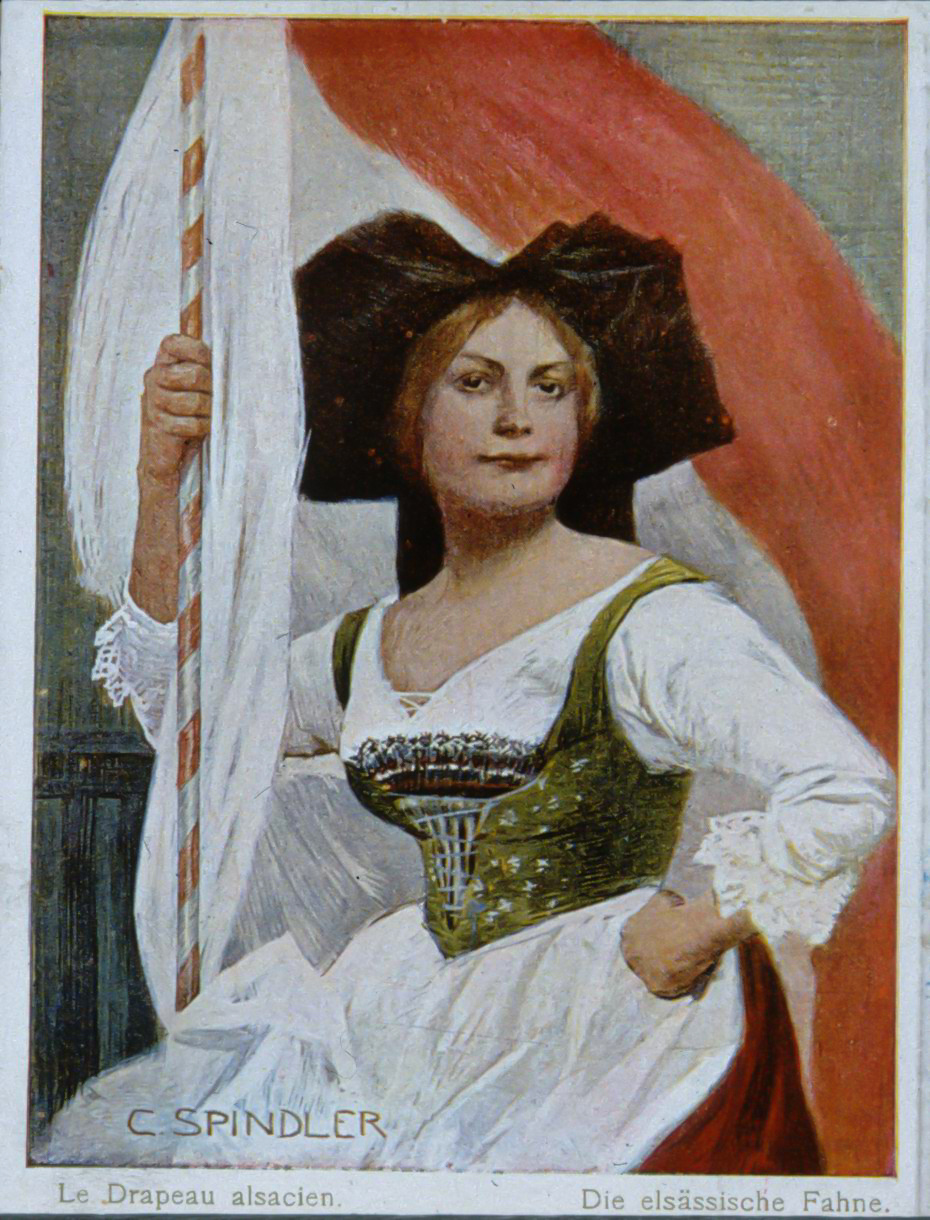
Drawing by Charles Spindler 1909
A flag with links to Alsatian history
The "Rot un Wiss" flag has a close link to Alsatian history. It first appeared in the early 1870s, when Alsace became part of the German Empire following the Treaty of Frankfurt. A section of the population, particularly in Strasbourg, refused to fly the imperial colours and preferred the city's historical shades of red and white.
These are also the colours of many other Alsatian towns, such as Mulhouse, Ensisheim, Guebwiller, Sélestat, Munster and Wissembourg, which helped to popularise their use. Over time, the horizontal layout with red at the top became the most common.
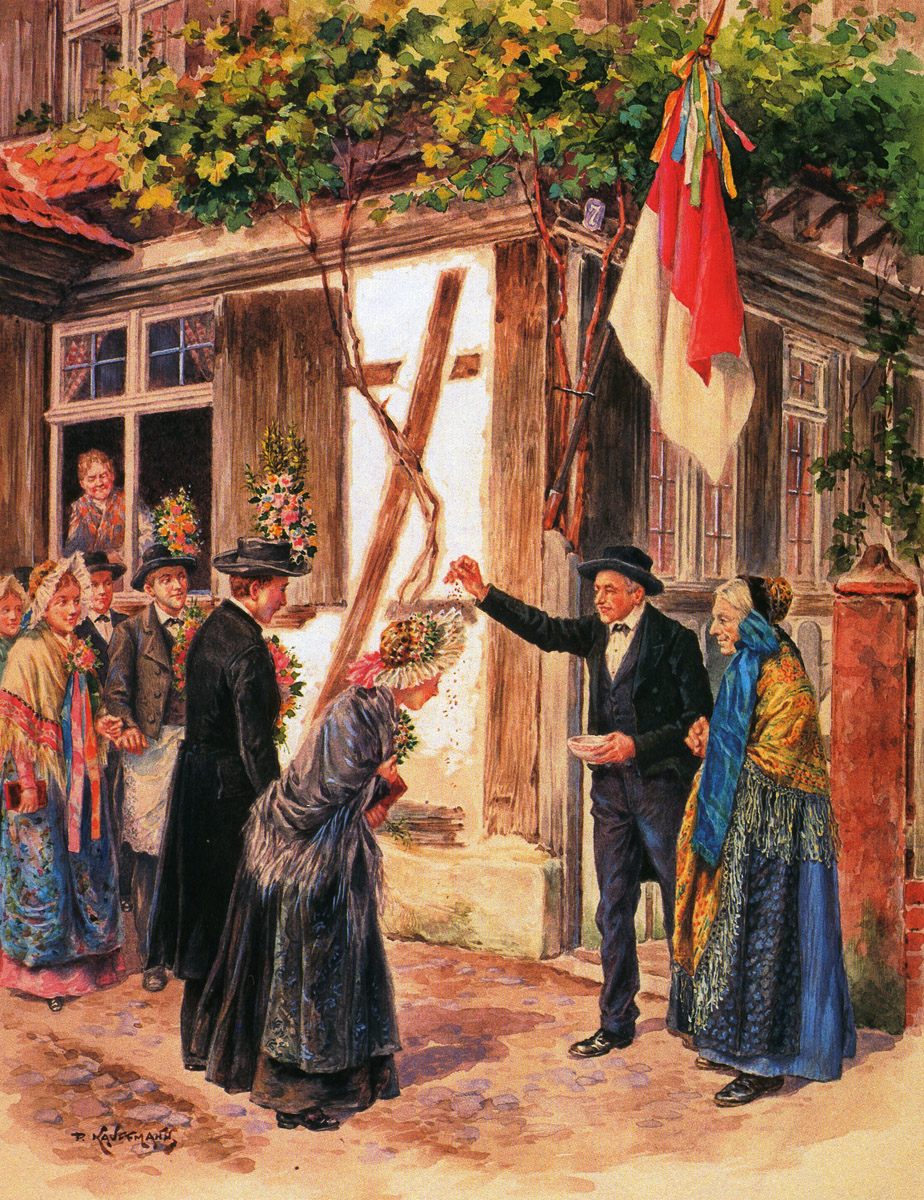
The blessing of the bride and groom by Paul Adolphe Kauffmann
Use of the flag
The "Rot un Wiss" flag is a popular symbol used for civil and religious celebrations, demonstrations, and regionalist and autonomist movements. However, it has experienced periods of repression and banning, particularly during the annexation by Nazi Germany.
Since the regionalist revival of the 1960s, it has regained a visible presence in the public arena and has become an essential emblem of Alsatian identity.
![Manifestation 2014 © Paralacre - licence [CC0] from Wikimedia Commons Colours of Alsace - The Alsatian flag raised during a demonstration in 2014 © Paralacre - licence [CC0] from Wikimedia Commons](https://frenchmoments.eu/wp-content/uploads/2023/07/Manifestation-2014-©-Paralacre-licence-CC0-from-Wikimedia-Commons-scaled-1.jpg)
The Alsatian flag raised during a demonstration in 2014 © Paralacre - licence [CC0] from Wikimedia Commons
The "Rot un Wiss" flag also occupies a significant place in Alsatian arts and culture, appearing in the works of famous illustrators such as Hansi, Henri Solveen, Paul Adolphe Kauffmann and Charles Spindler, who have incorporated it into their artistic creations.
The "blazoned" or "administrative" flag
The territorial authority of Alsace also has another flag: the "blazoned" or "administrative" flag. Using red, white and yellow, it is based on the arms of Lower and Upper Alsace and comes in two different forms. It is often found hoisted on local authority buildings.
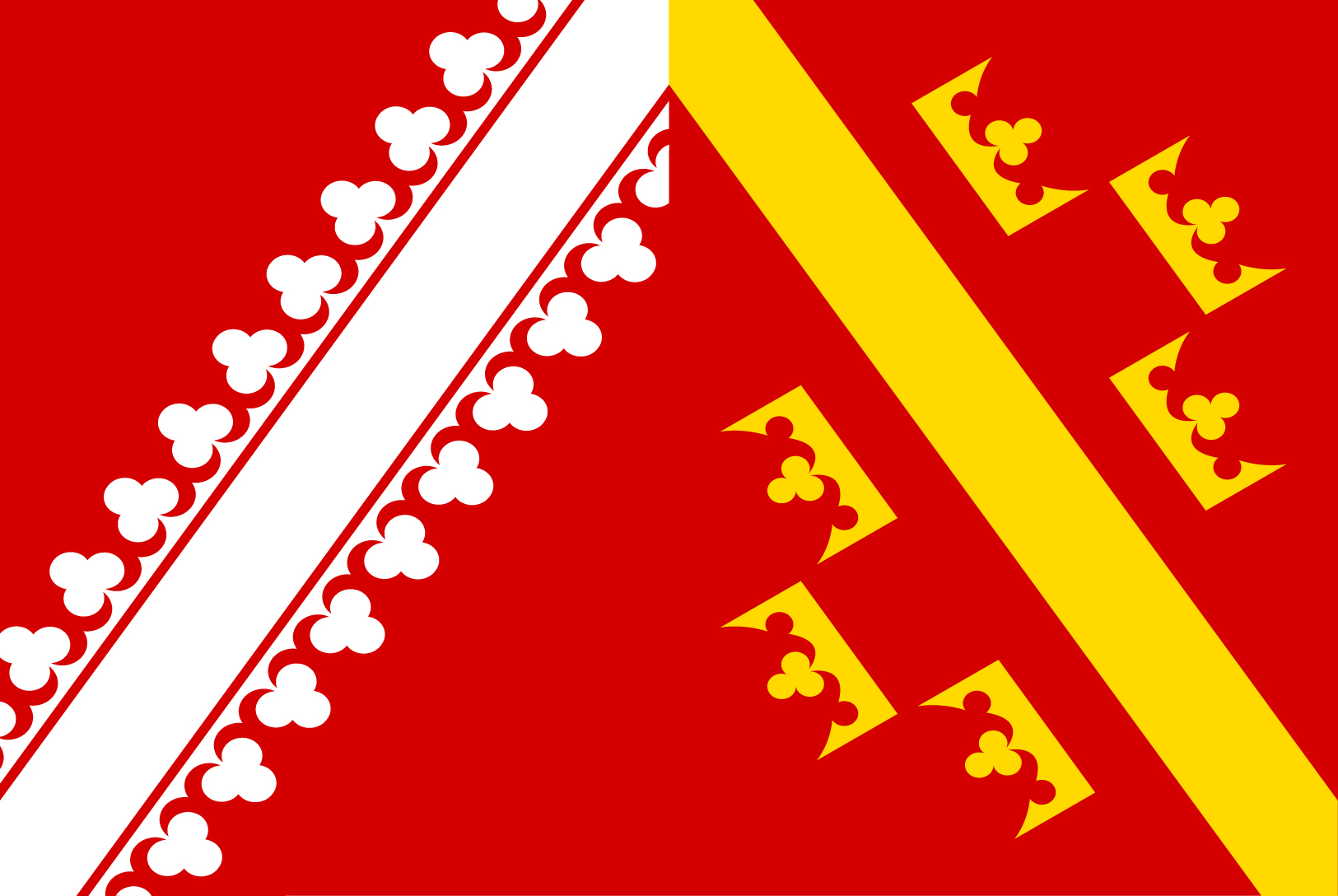
The Alsatian Costume
Red is associated with traditional Alsatian costumes, notably the famous dresses and headdresses worn at festivities and folk events.
The Alsatian costume symbolises regional identity and pride for the people of Alsace.
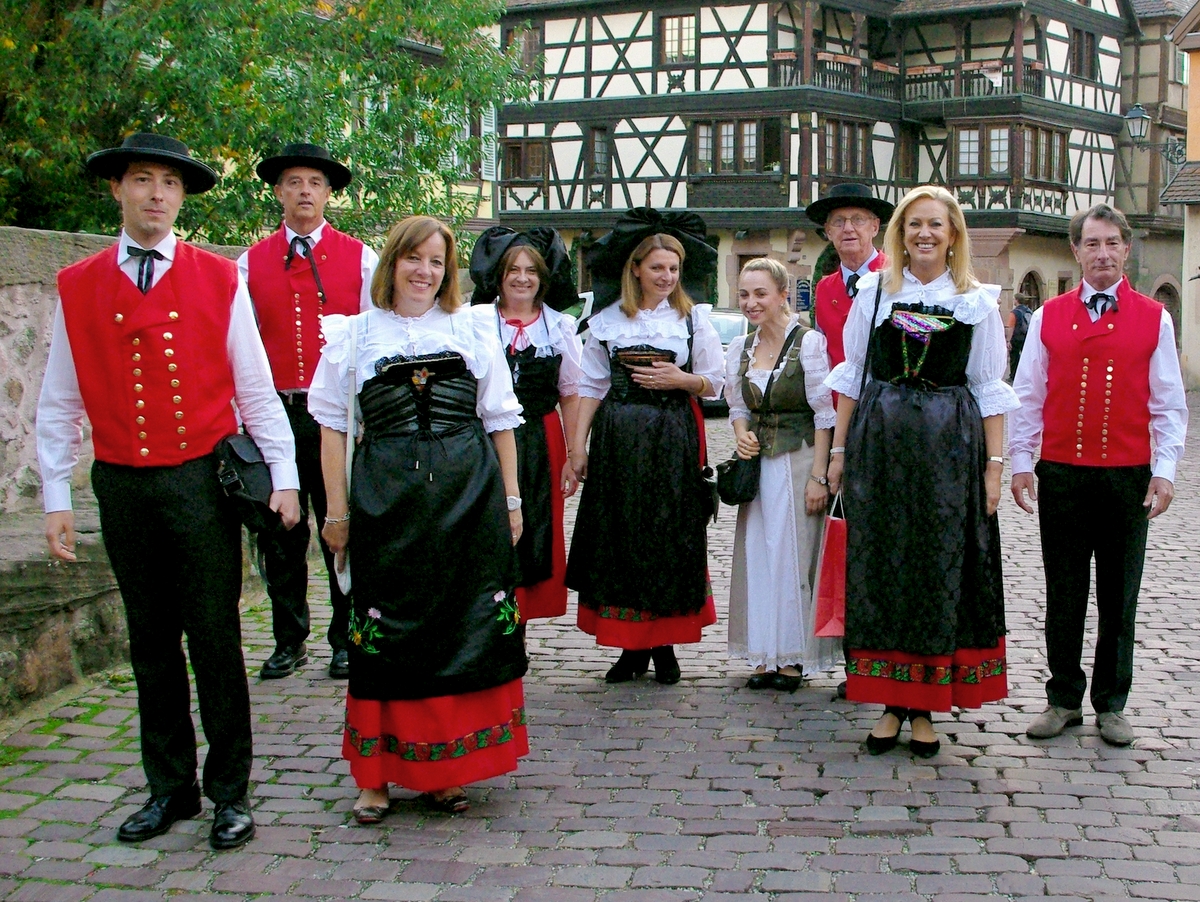
My Friends and I in Alsatian Costume © French Moments
The Women's Costume
Women generally wear a dress, known as a "strapless dress" or "bodice dress", which is decorated with embroidered motifs and delicate lace. The colours used in dresses vary, but bright hues and floral motifs are frequently present, adding a touch of cheer and femininity to the ensemble. The famous large bow headdress is usually black.

Alsatian costume in Kaysersberg © French Moments
The Men's Costume
The Alsatian men's suit often consists of a short jacket, a 'waistcoat', worn over a white shirt and black trousers. The bright red waistcoat is often richly decorated with embroidery and silver or brass buttons. Men complete their outfits with a black hat or matching cap.
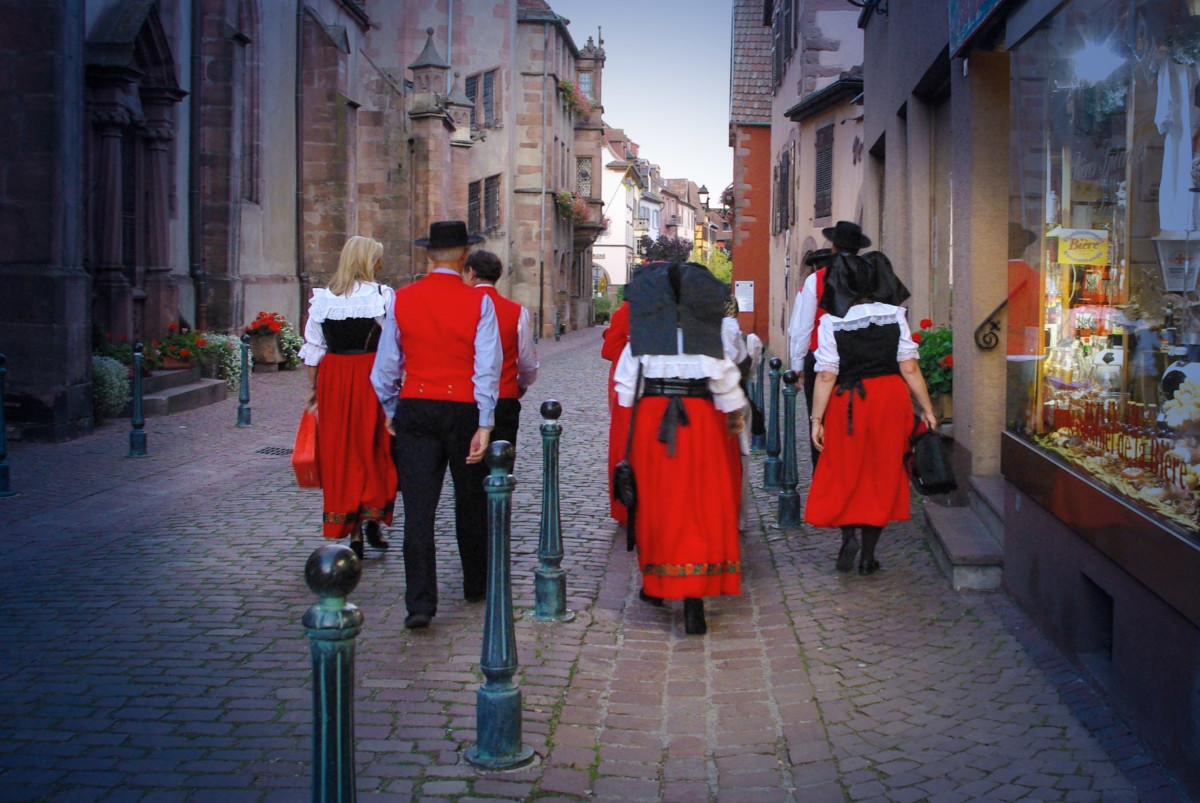
Alsatian costume in Kaysersberg © French Moments
Today, people wear the traditional costume mainly for special occasions, folk festivals, ceremonies and cultural performances, which helps to keep Alsatians' attachment to their heritage alive.
Click here to discover Alsatian costumes on the French blog!
The Geranium of Alsace
The red geraniums that bloom on windowsills in Alsace are an emblem of the region. These magnificent red flowers brighten up the facades of half-timbered houses and contribute to Alsatian villages' picturesque, colourful aesthetic. It is sometimes said that they are the lipstick of Alsatian homes!
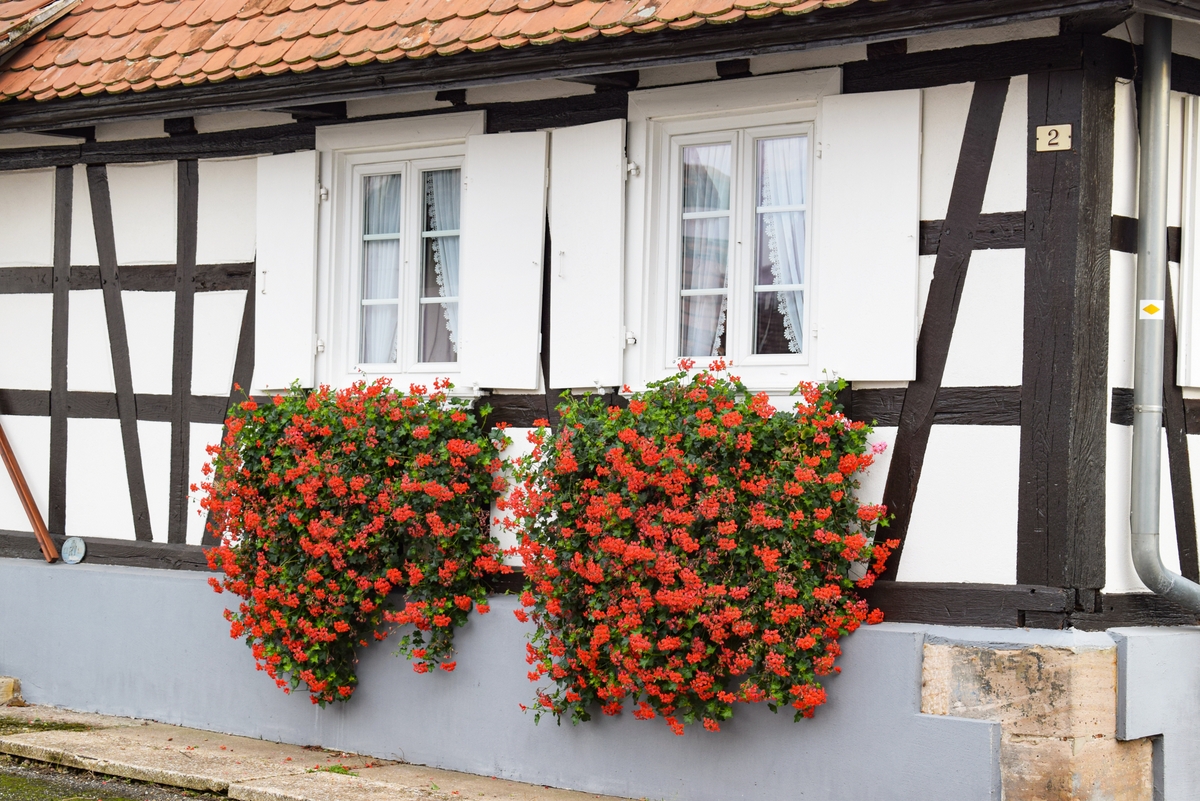
Geranium still in flower on December 1st! © French Moments
Geraniums and Alsatian architecture
Carefully cultivated by residents, red geraniums add a touch of cheerfulness to traditional Alsatian architecture. They embellish windows and balconies, creating a striking contrast with the houses' wooden half-timbering and colourful plasterwork. Red geraniums add a fresh, romantic touch to any urban or rural setting, creating a warm, welcoming atmosphere.
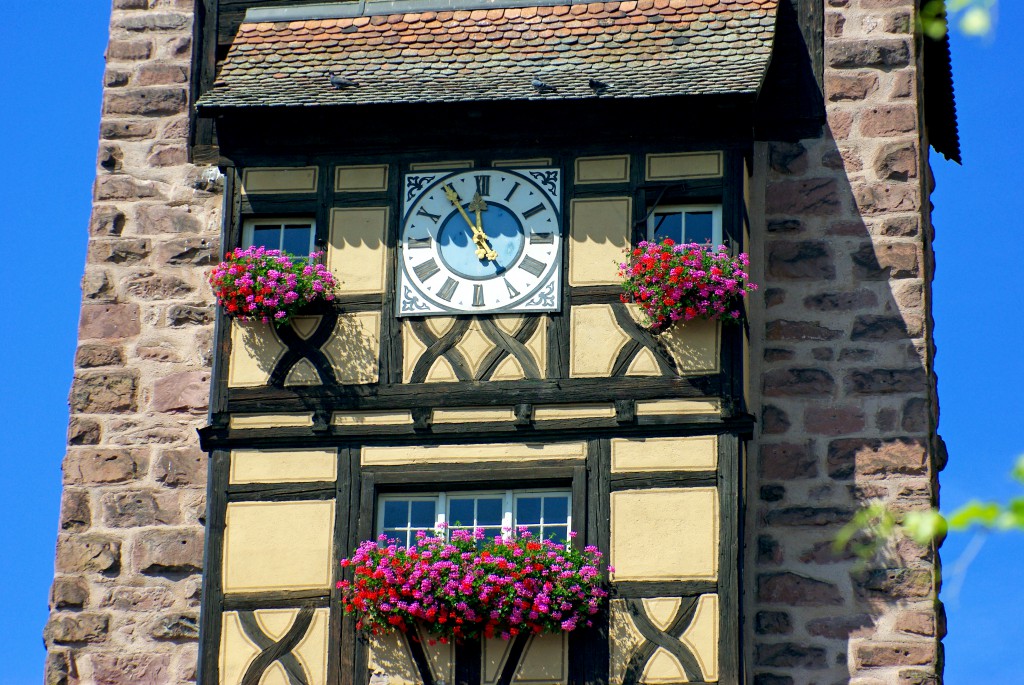
The Dolder in Riquewihr and its géraniums © French Moments
Bright Red
These flowers have a special symbolic meaning in Alsace. The bright red of geraniums talks about passion, vitality and conviviality, values that are deeply rooted in Alsatian culture. They also represent the pride of the people of Alsace in their region and their attachment to their traditions.
While visiting Alsace, you will find red predominantly on the facades of houses with white renderings. Red and pink geraniums are common in central Alsace and the Sundgau region, where the facades come in various colours.
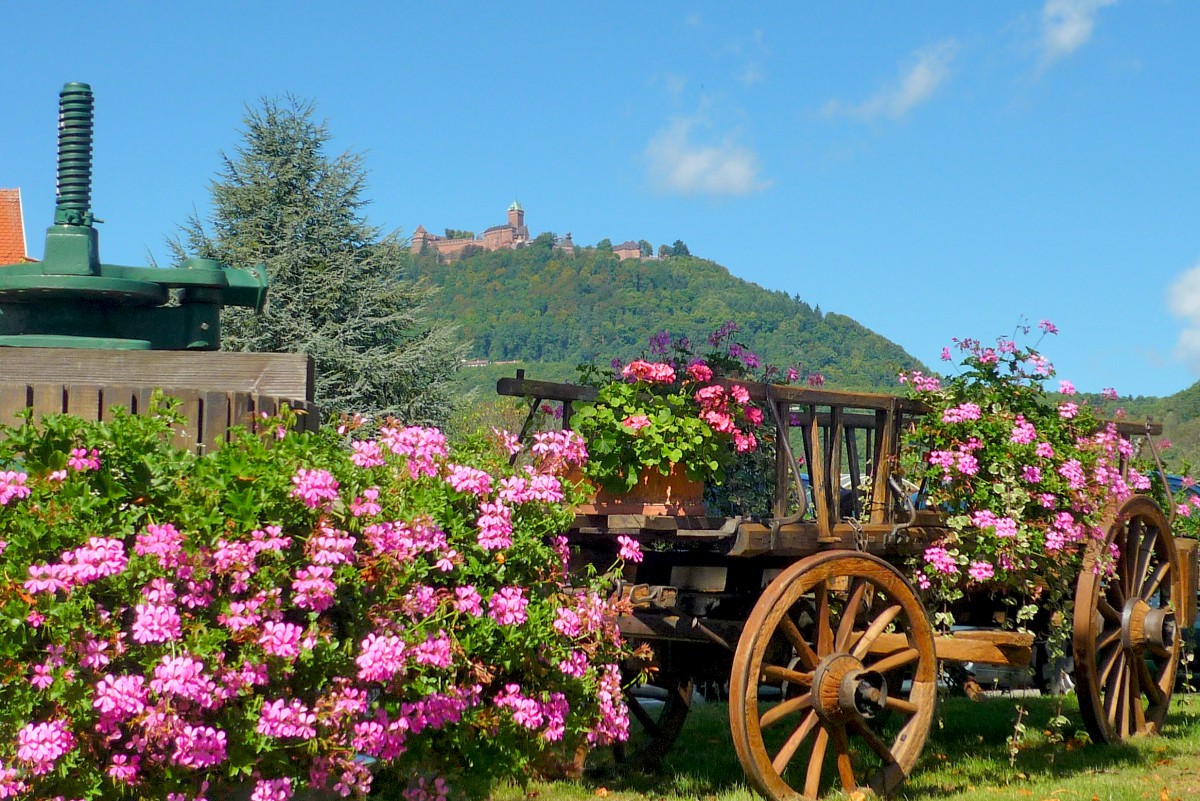
Geraniums in Saint-Hippolyte with a view of Haut-Kœnigsbourg castle © French Moments
A member of the Pelargonium family!
The Alsatian geranium is also known as the ivy geranium or the zonal geranium. This perennial plant belongs to the Pelargonium family.
As well as their aesthetic appeal, red geraniums also have beneficial properties. Their presence on windowsills is said to keep mosquitoes away.
In addition to their decorative function, red geraniums bear witness to the attention to detail and aesthetic concern of the people of Alsace. Their regular upkeep, including watering and pruning, demonstrates the care taken to beautify public and private spaces.
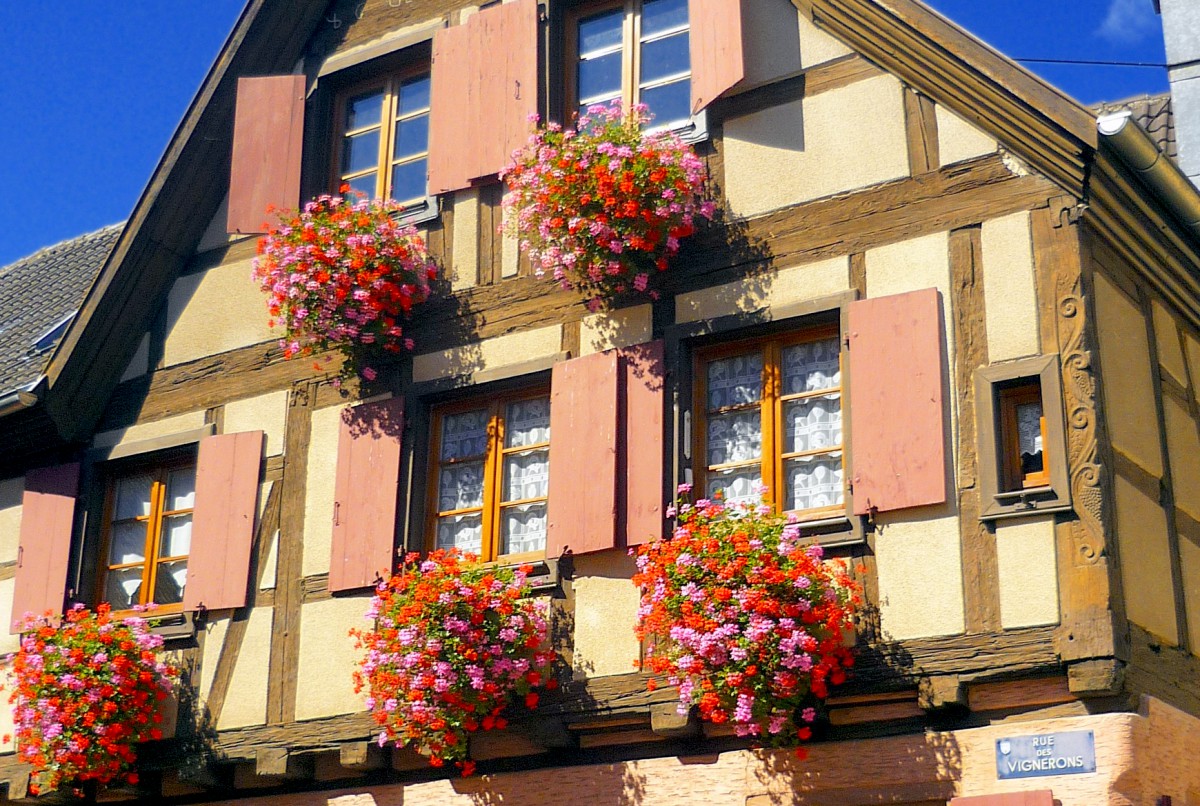
Half-timbered house with geraniums in Saint-Hippolyte © French Moments
Colourful facades
Alsace is renowned for its brightly coloured facades, ranging from pink to blue, green to yellow - unique hues found nowhere else in France.
The colourful facades of Alsatian half-timbered houses are an emblematic feature of the region's traditional architecture. These half-timbered houses, also known as maisons à pans de bois (timber-framed houses), are distinguished by their exposed wooden structure and façades decorated in various bright colours.
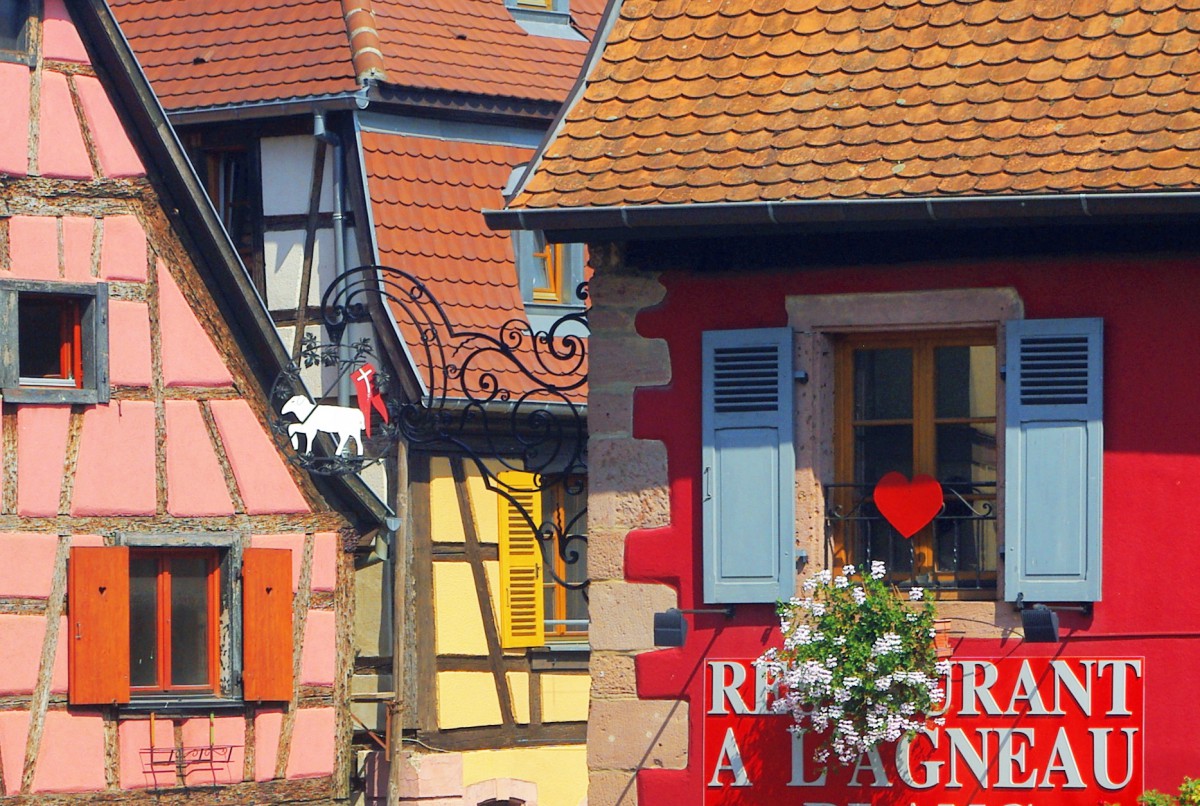
Colourful façades in Beblenheim © French Moments
Colours to make Disneyland green with envy!
Each half-timbered house in Alsace is unique, combining colours and patterns. The most commonly used colours include red, yellow, green, blue, pink and white, but there are no strict rules on colour choices. In some localities, residents have been allowed to give free rein to their creativity and individual preferences, resulting in a veritable festival of colour in the streets of these Alsatian villages.
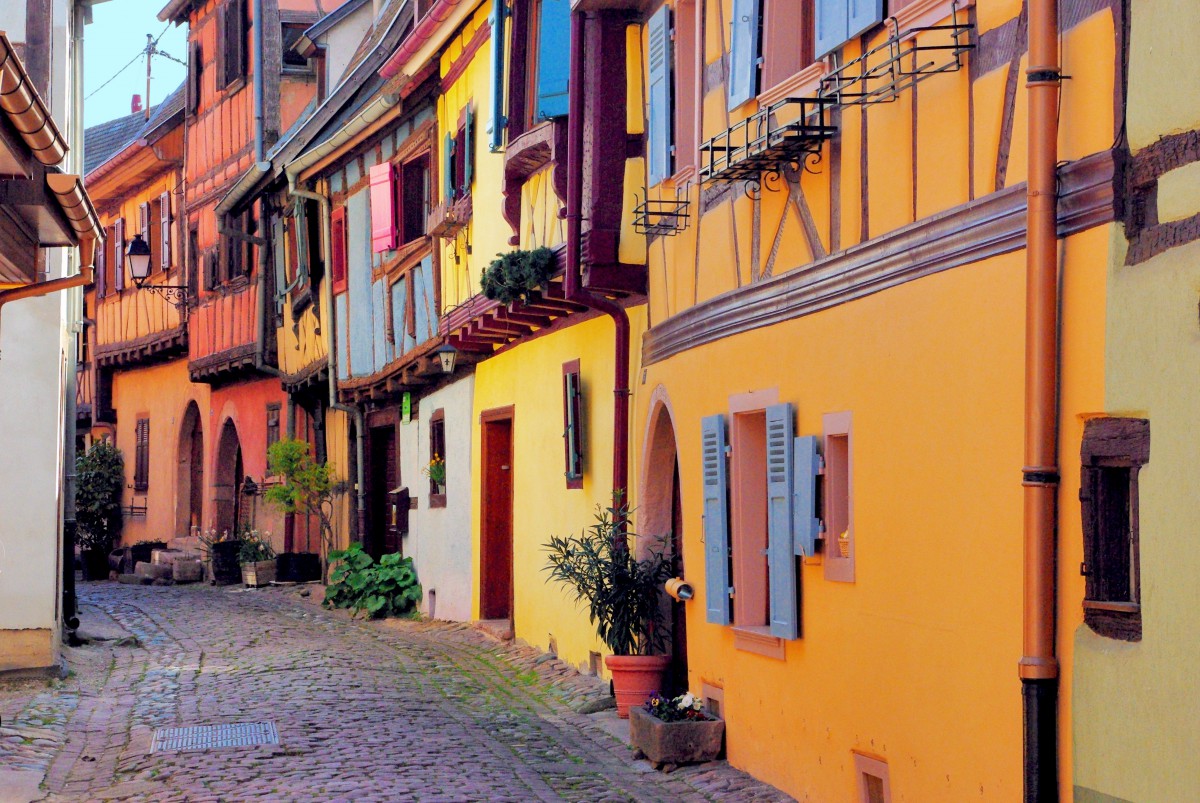
The Colours of Alsace in Eguisheim © French Moments
It's worth noting that white is the predominant colour in Lower Alsace, mainly north of Haguenau! To see for yourself, visit Hunspach and Seebach.

The Colours of Alsace in Hunspach © French Moments
To admire the colourful houses, visit the wine-producing villages around Colmar or the Sundgau region in the south of Alsace.
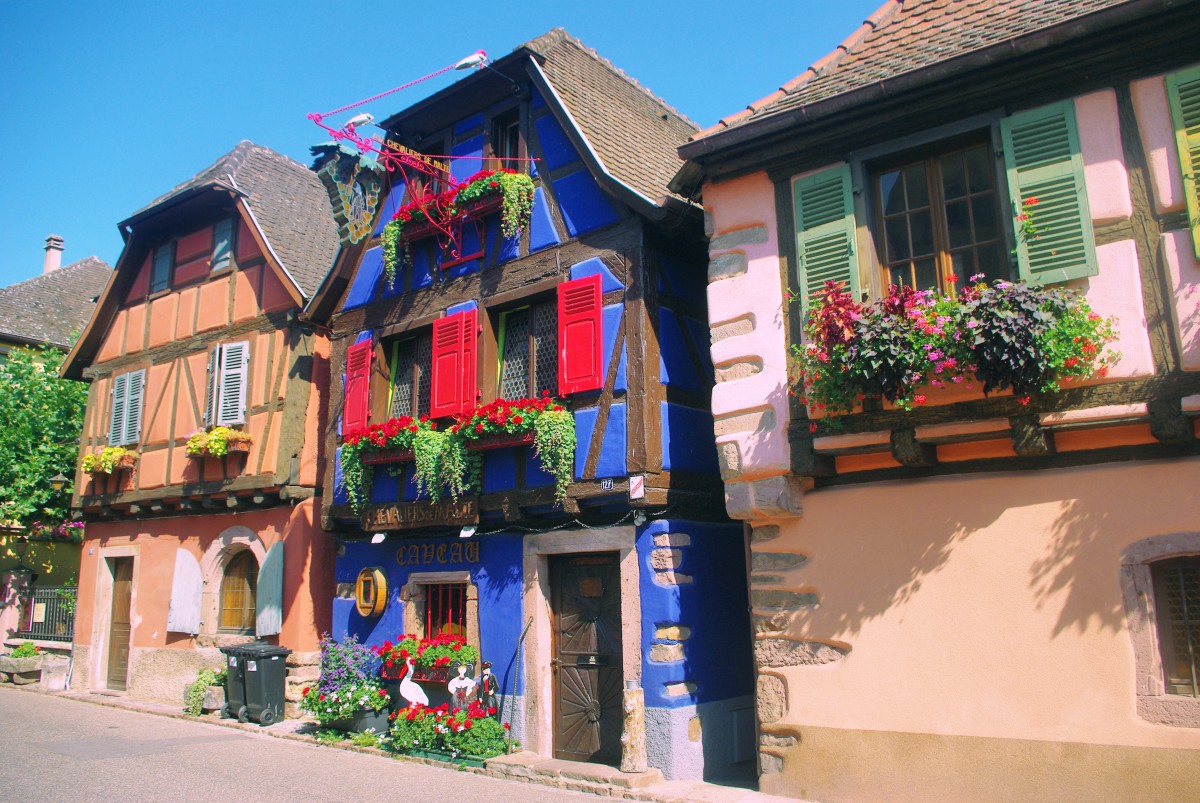
Colourful half-timbered houses in Niedermorschwihr © French Moments
(Administrative) rules to comply with
However, it is essential to note that the colour of the façade is subject to regulations and cannot always be chosen freely. Before undertaking restoration work, you must apply to the local council for a declaration of works.
If the house is listed as a Historic Monument or located in a protected area, the owner must also consult the Bâtiments de France architect.
Once authorisation has been obtained, the colours can be chosen. Local rules govern the colours of facades because houses are an integral part of the landscape and must blend in with the surrounding architecture.
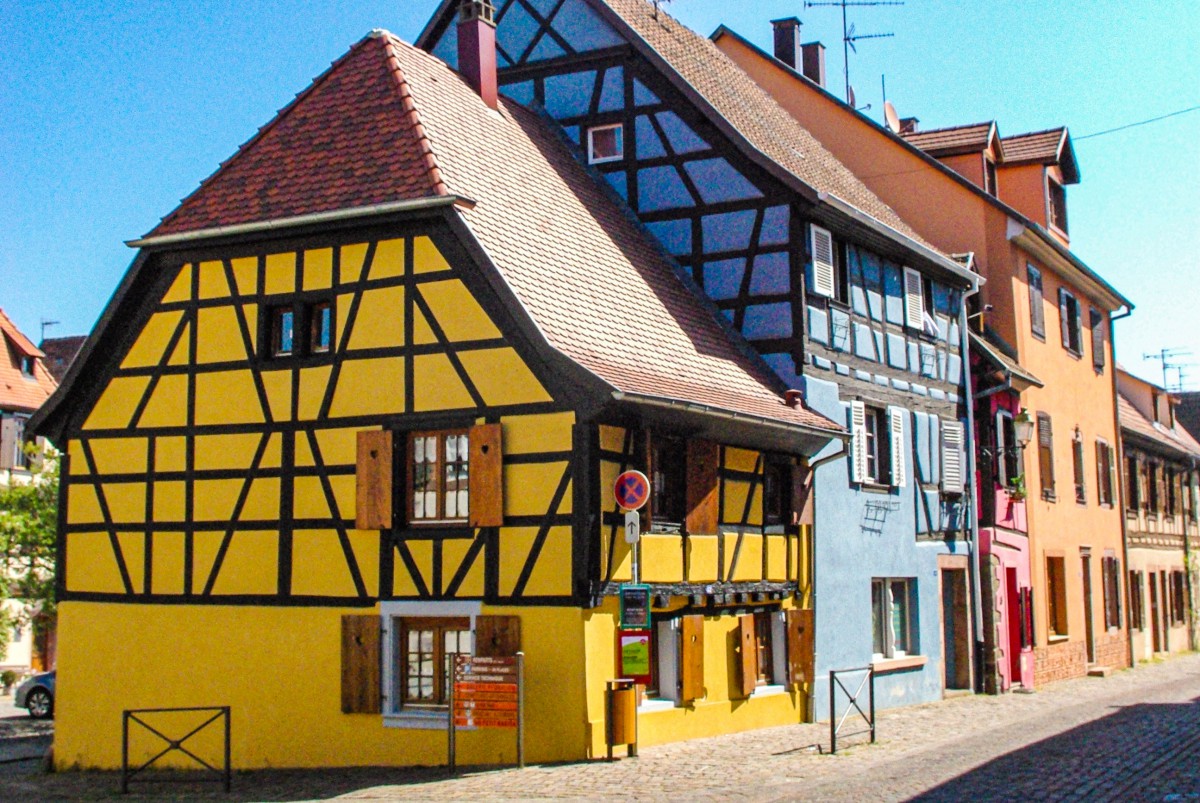
The Colours of Alsace in Bergheim © French Moments
Attractive and Photogenic Coloured Houses
These vibrant colours add a lively and cheerful touch to half-timbered houses, creating a warm and welcoming atmosphere. They highlight the intricate wooden structure and architectural details of the facades, such as beams, balconies, windows and carved ornamentation.
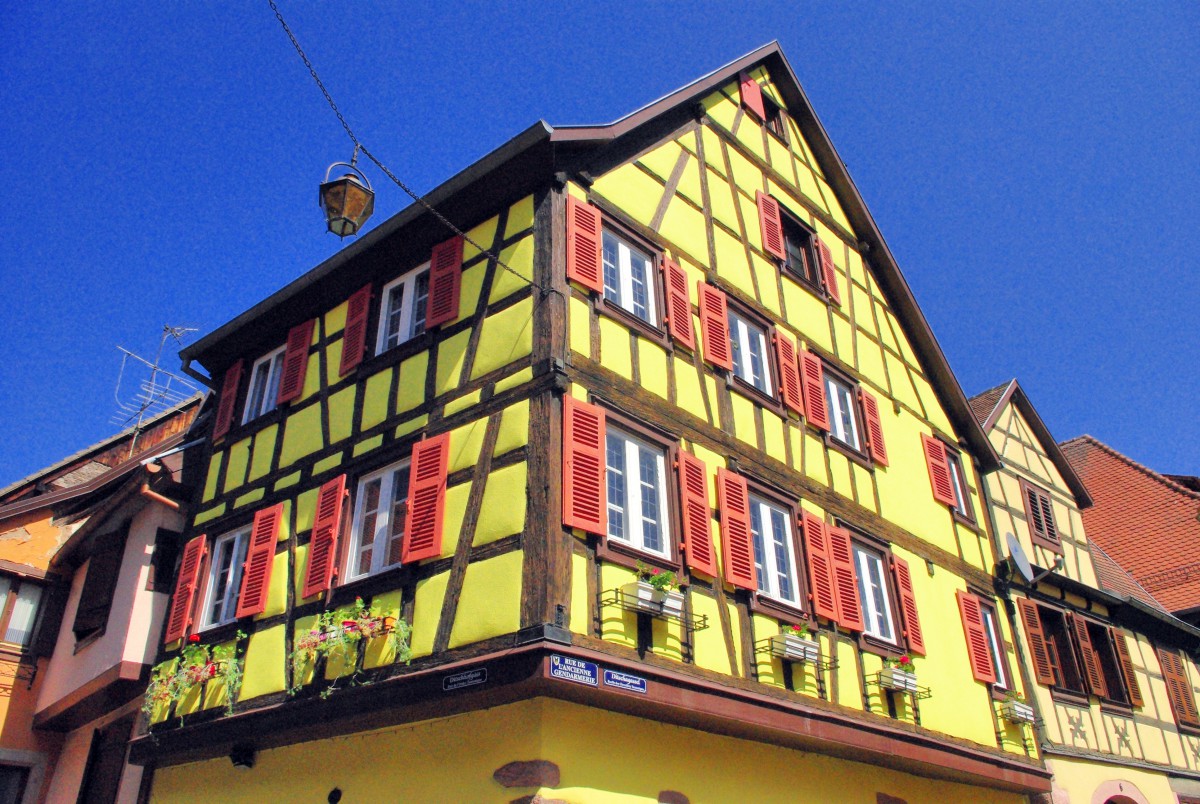
Alsatian house in Kaysersberg © French Moments
The colours of Alsatian half-timbered houses are not just aesthetic; they can also carry symbolic meaning. For example, red can represent prosperity and good fortune, yellow can symbolise wealth and joy, green can evoke nature and fertility, and blue can evoke calm and serenity. In this way, each colour helps to tell a story and reflect the region's cultural identity.
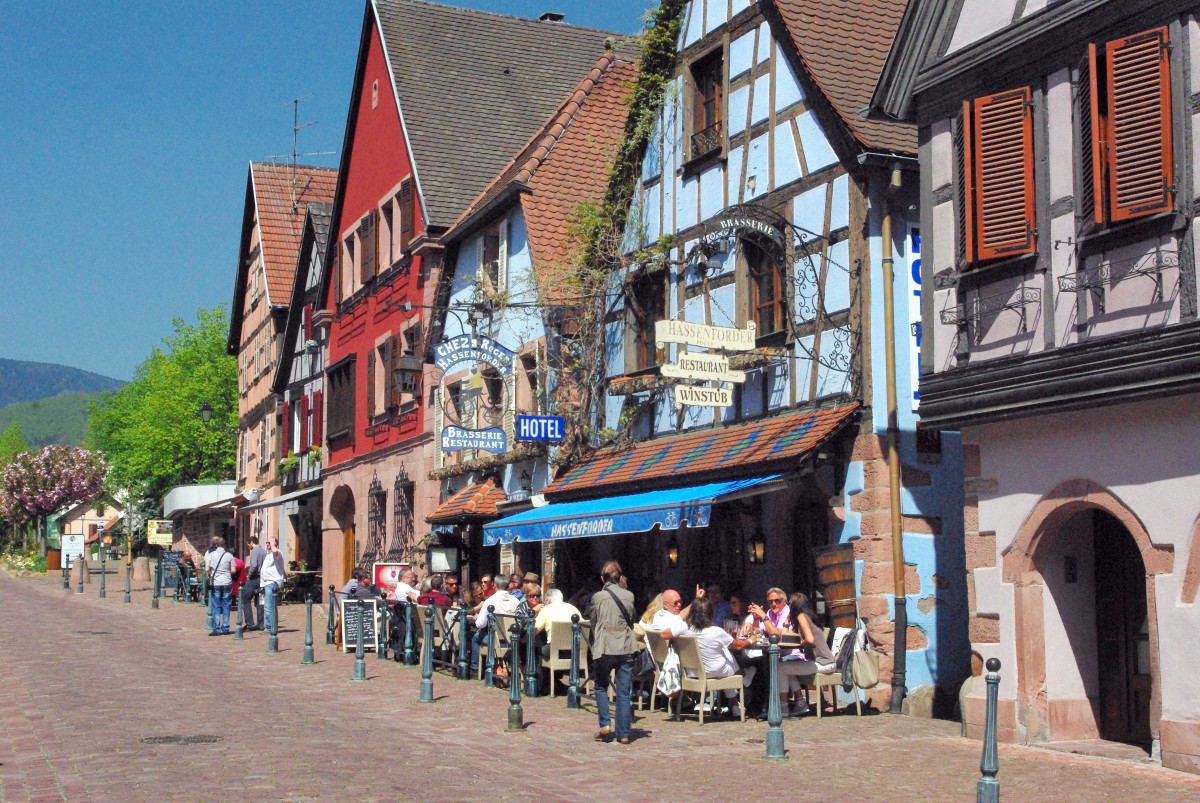
Rue du Général de Gaulle, Kaysersberg © French Moments
Undoubtedly, the colourful facades of Alsace's half-timbered houses create an enchanting and picturesque urban landscape, catching the eye of visitors and locals alike and providing a unique and memorable visual experience. These colourful houses are a trustworthy source of artistic and photographic inspiration, capturing the imagination of those who contemplate them and contributing to the worldwide reputation of Alsatian architecture.
Click here to read my article describing the Alsatian half-timbered house.
The green vineyards of Alsace
The Alsace vineyards are a world-renowned wine-growing treasure trove located along the Alsace Wine Route. Rolling hills, vast expanses of vines and charming wine-producing villages characterise this exceptional wine-growing region. The Alsace vineyards enjoy a unique microclimate, with generous sunshine and moderate rainfall, creating ideal conditions for growing the specific grape varieties that produce excellent wines.
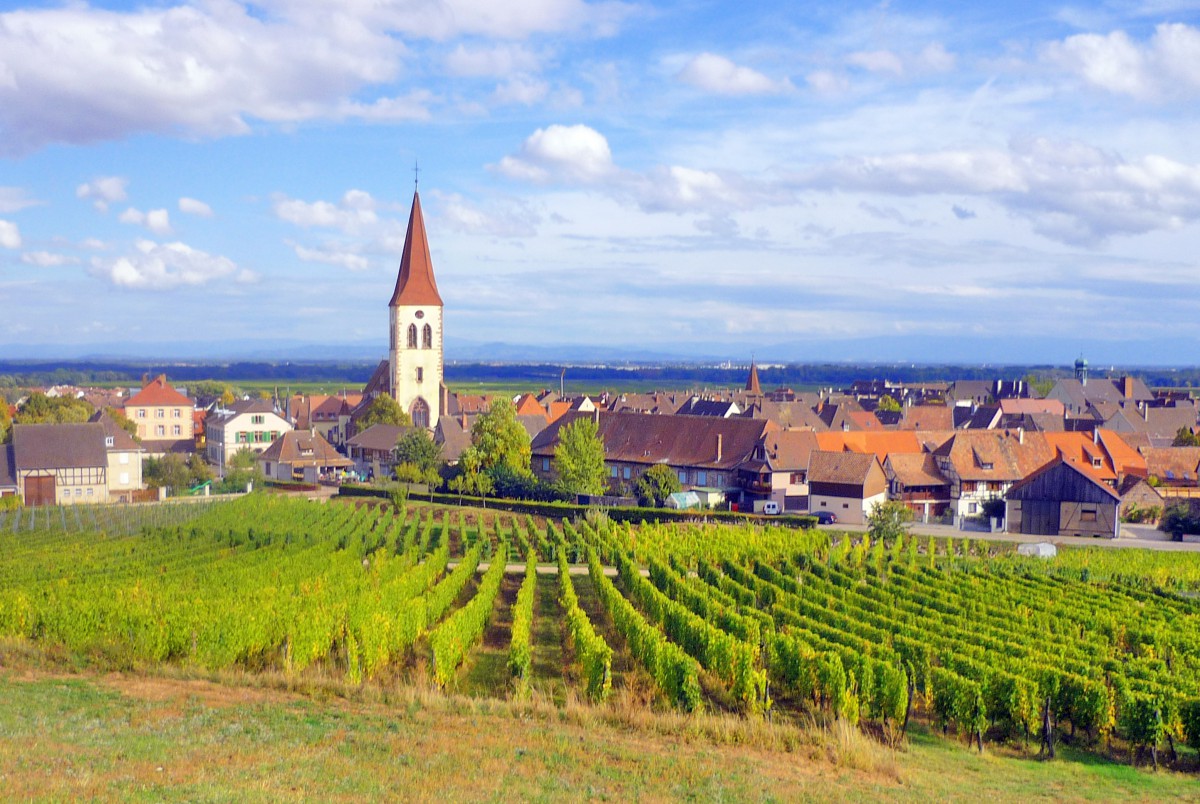
The Colours of Alsace in Ammerschwihr © French Moments
The Green of the Vineyard
The colour green is often associated with Alsace vineyards because of the lush vegetation surrounding the vines. The carefully tended rows of vines create a soothing green landscape that blends harmoniously with the rest of the natural environment. The colour green evokes fertility, vitality and growth, aspects closely linked to the cultivation of vines and the production of wine.
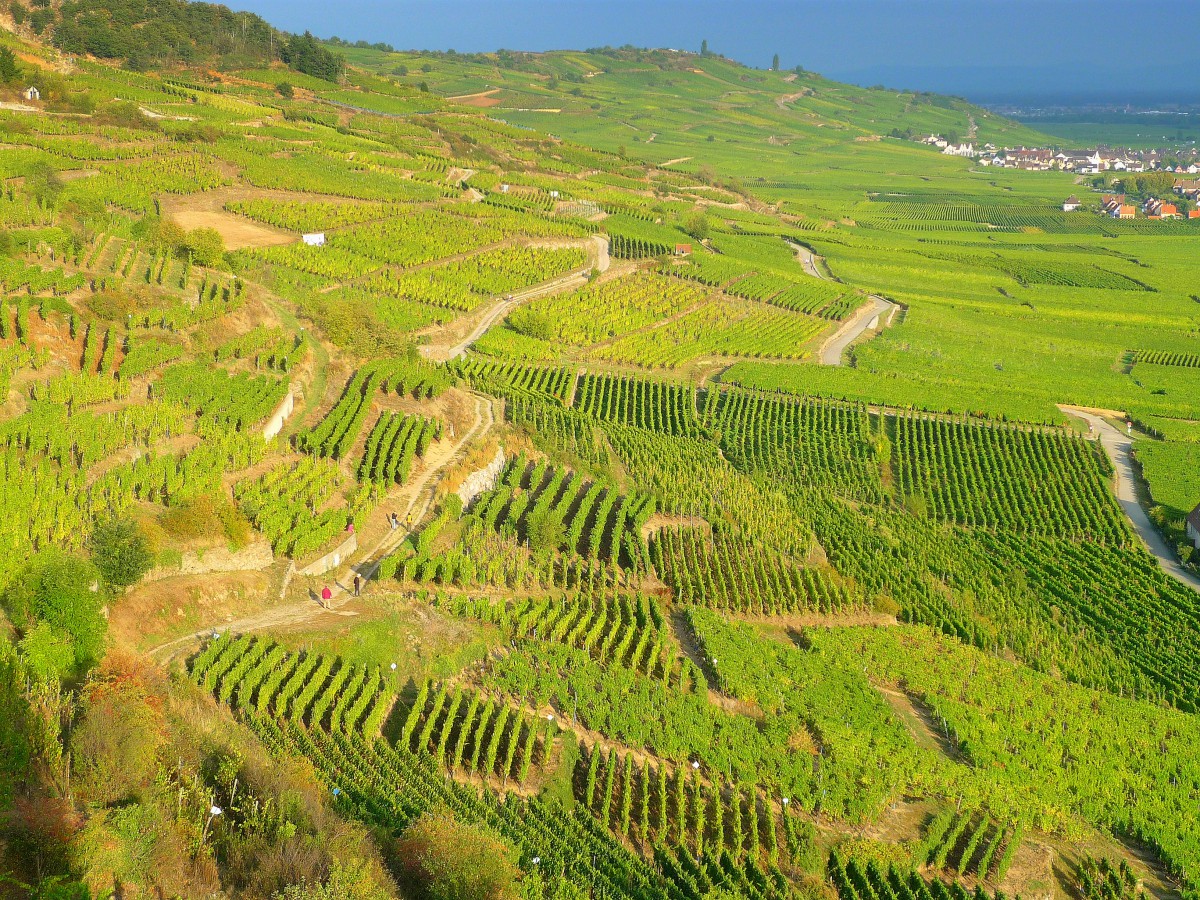
The vineyard of Kaysersberg © French Moments
A Century-Old Tradition
The green of the Alsatian vineyards also symbolises the region's attachment to its terroir and wine-growing heritage. Alsace is renowned for its centuries-old winemaking tradition, and the green represents the continuity of this activity that has forged the region's identity. It also symbolises the passion and commitment of Alsatian winegrowers, who cultivate and preserve the vines with care while respecting the traditions and winegrowing techniques handed down from generation to generation.
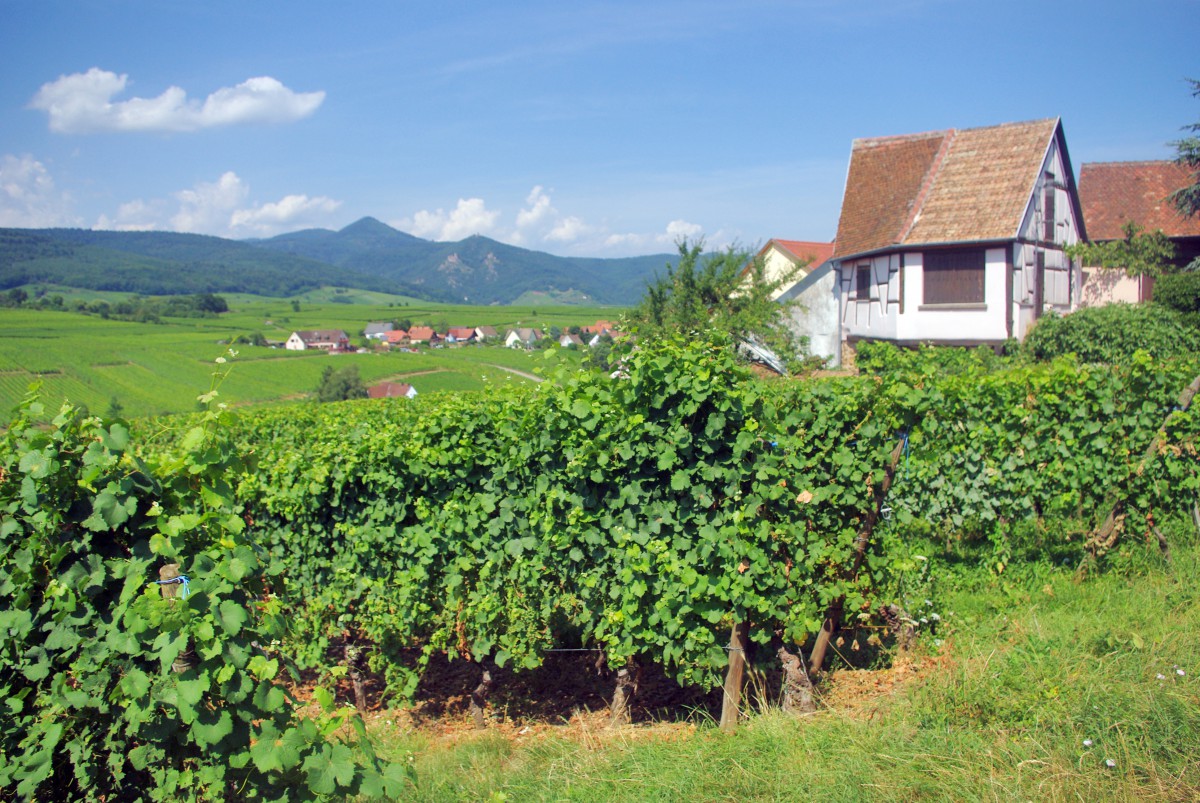
The vineyard of Zellenberg © French Moments
The green of the Alsatian vineyards is, therefore, a symbol of the importance of winegrowing in the region, its close link with nature and the cultural richness that stems from it. It represents the beauty of the landscape, the abundance of the harvest and the expertise of Alsace's winegrowers, making green an essential part of Alsace's visual and symbolic identity.
The White Stork
The Alsatian stork is an emblem of the region. It is often associated with white, giving it a special symbolism. The stork, with its immaculate white plumage, embodies purity and delicacy. White also evokes peace, serenity and innocence, values often associated with this majestic bird.

A stork nest in Alsace © French Moments
The Symbolism of the White Stork
In Alsace, the white stork is considered a good luck charm and a symbol of fertility. According to tradition, the arrival of a stork near a house is an omen of happiness, luck and abundance. This is why stork nests are often found perched on the roofs of Alsatian dwellings, particularly in villages and rural areas.
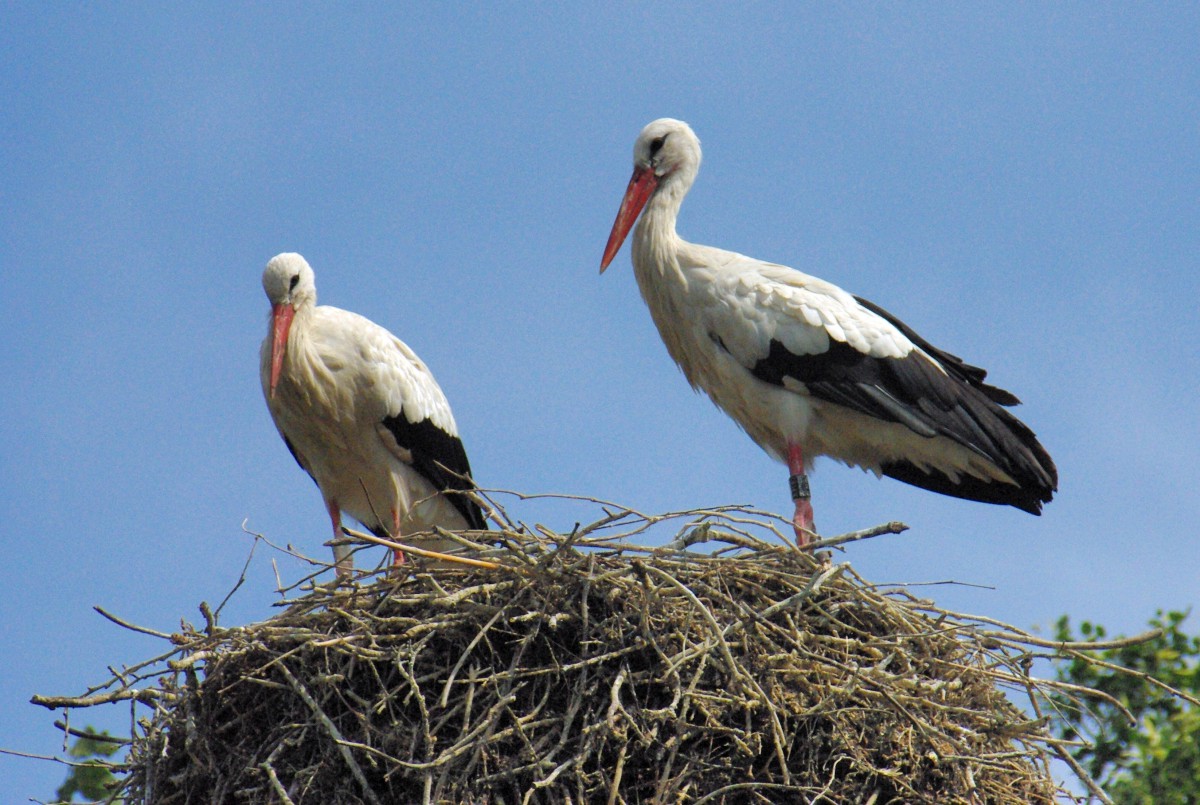
Colours of Alsace - White Storks in Rouffach © French Moments
The White Stork Thrives in Alsace!
As well as its traditional significance, the white stork symbolises nature and environmental protection in Alsace. It is considered an indicator of the quality of ecosystems and biodiversity. Storks in the region reflect a well-preserved environment, ideal for nesting and survival.
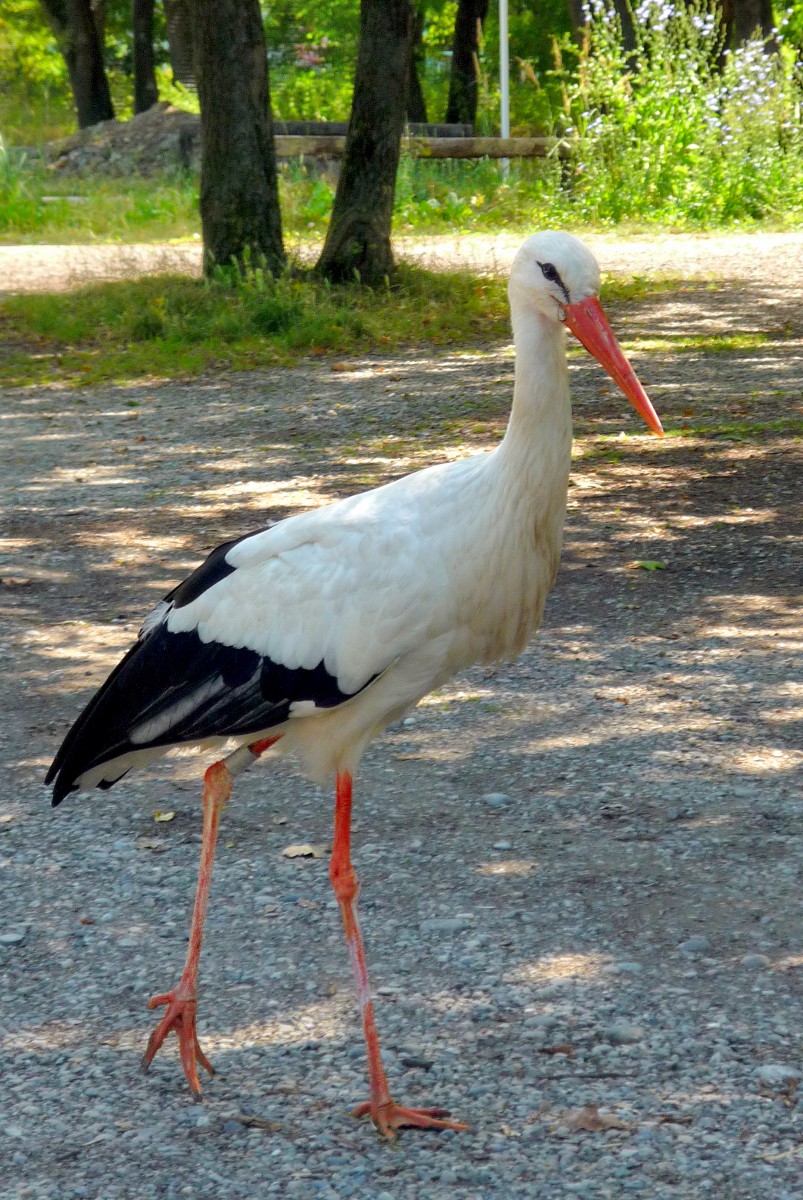
A white stork at the Ecomusée of Alsace © French Moments
The white stork bears witness to Alsace's deep attachment to its wildlife and natural heritage and represents a strong link between the region's inhabitants and their natural environment.
Click here to learn more about the Alsatian stork and its little secrets [in French]
The Christmas Markets of Alsace
The tradition of Christmas markets in Alsace goes back centuries and is deeply rooted in the region's culture. Every year in the run-up to Christmas, the towns and villages of Alsace are transformed into winter wonderlands adorned with twinkling lights, enchanting decorations and enchanting smells.

Colours of Alsace - Wissembourg Christmas Market © French Moments
The atmosphere of Alsace's Christmas markets
Alsace's Christmas markets - where visitors can wander among the wooden stalls, admire local crafts, sample Alsatian culinary specialities and find unique gifts - are renowned for their warm and friendly atmosphere. These markets are also famous for their spectacular illuminations, creating a magical atmosphere in the streets and squares of Alsace's villages and towns.
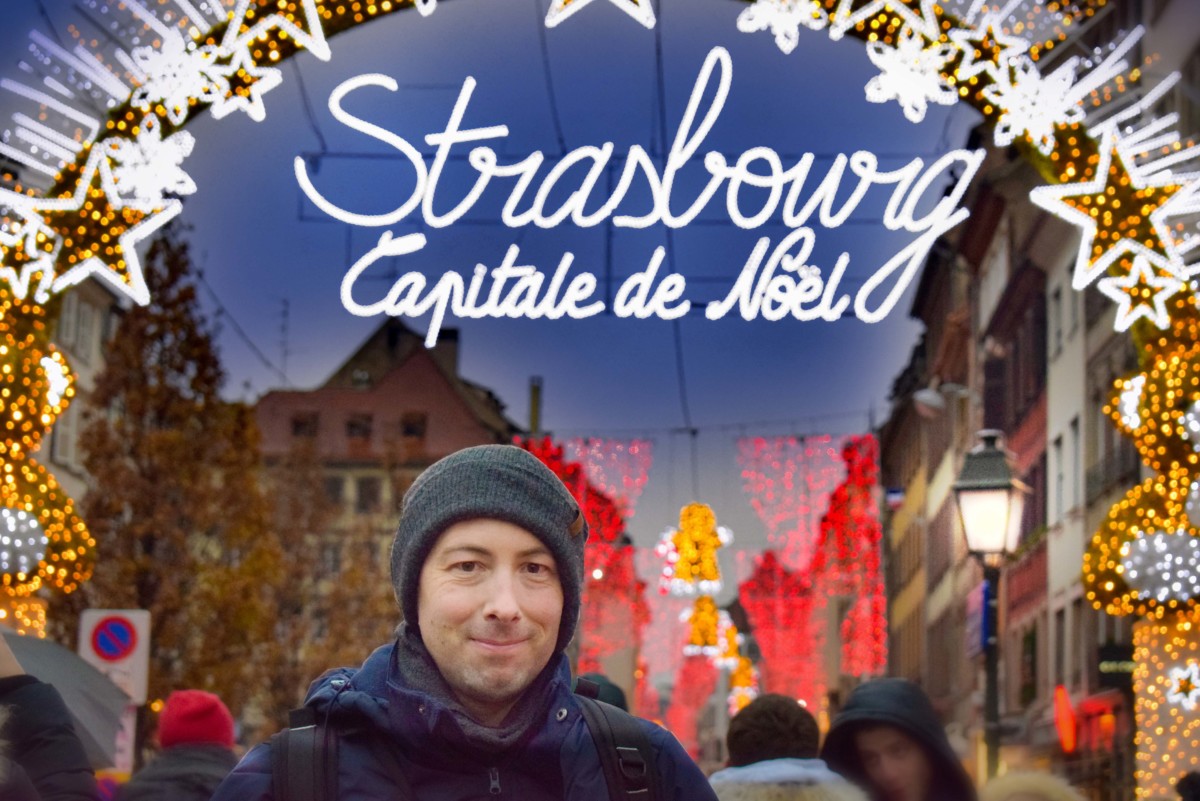
Pierre in Strasbourg © French Moments
The finest Christmas markets in Alsace include Strasbourg, Colmar, Mulhouse, Kaysersberg, Riquewihr, Eguisheim, Sélestat, Obernai, Haguenau, and Wissembourg.
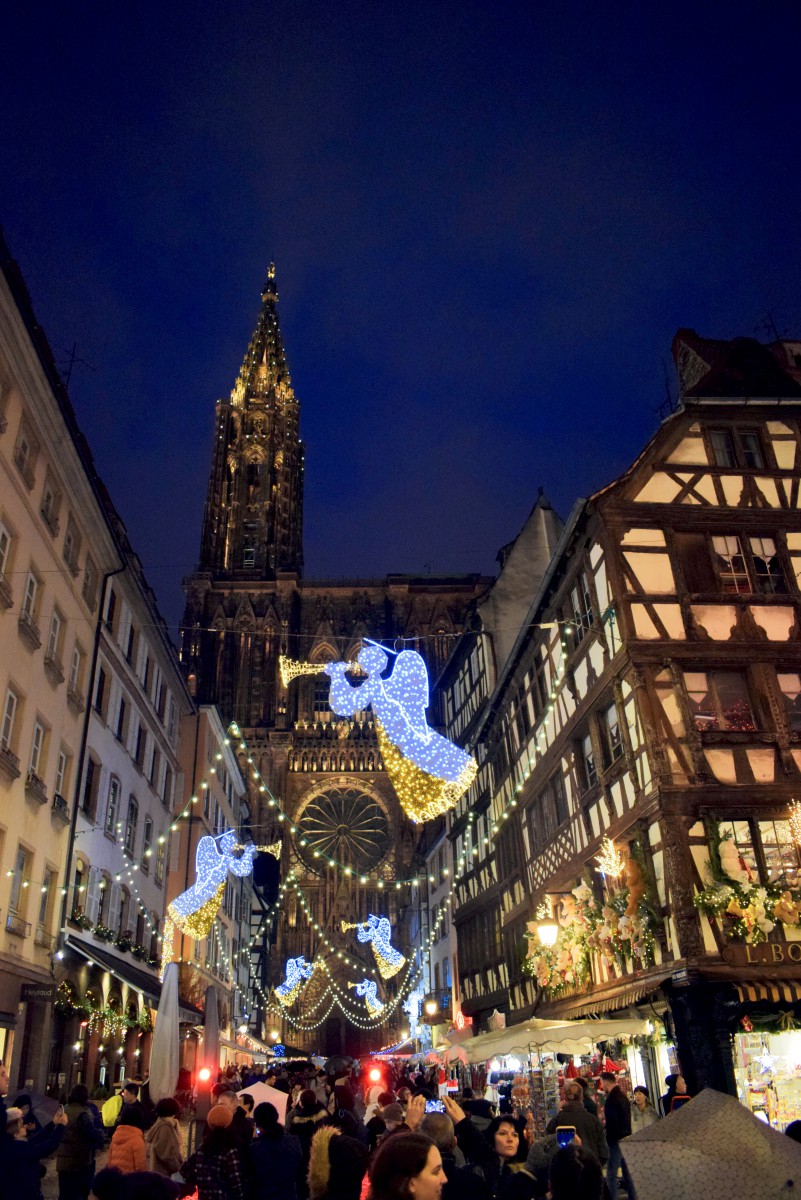
Strasbourg © French Moments

Colmar © French Moments
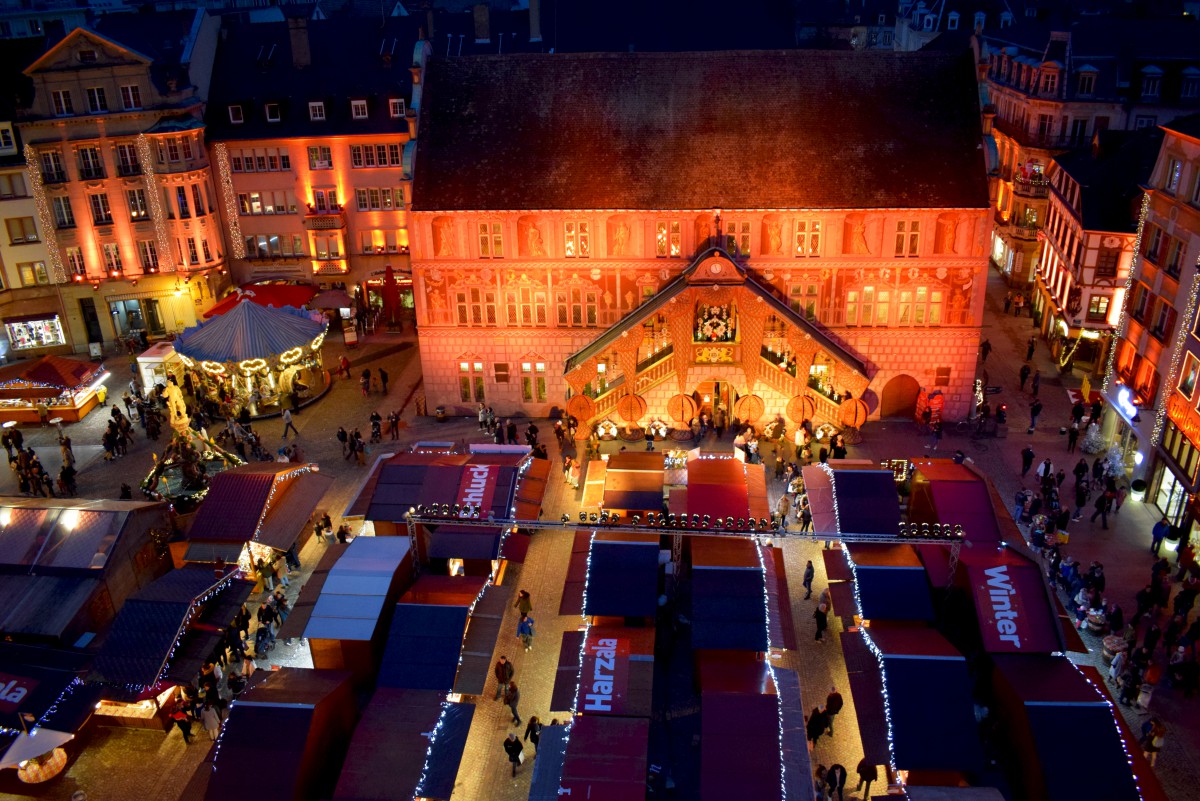
Mulhouse © French Moments

Kaysersberg © French Moments
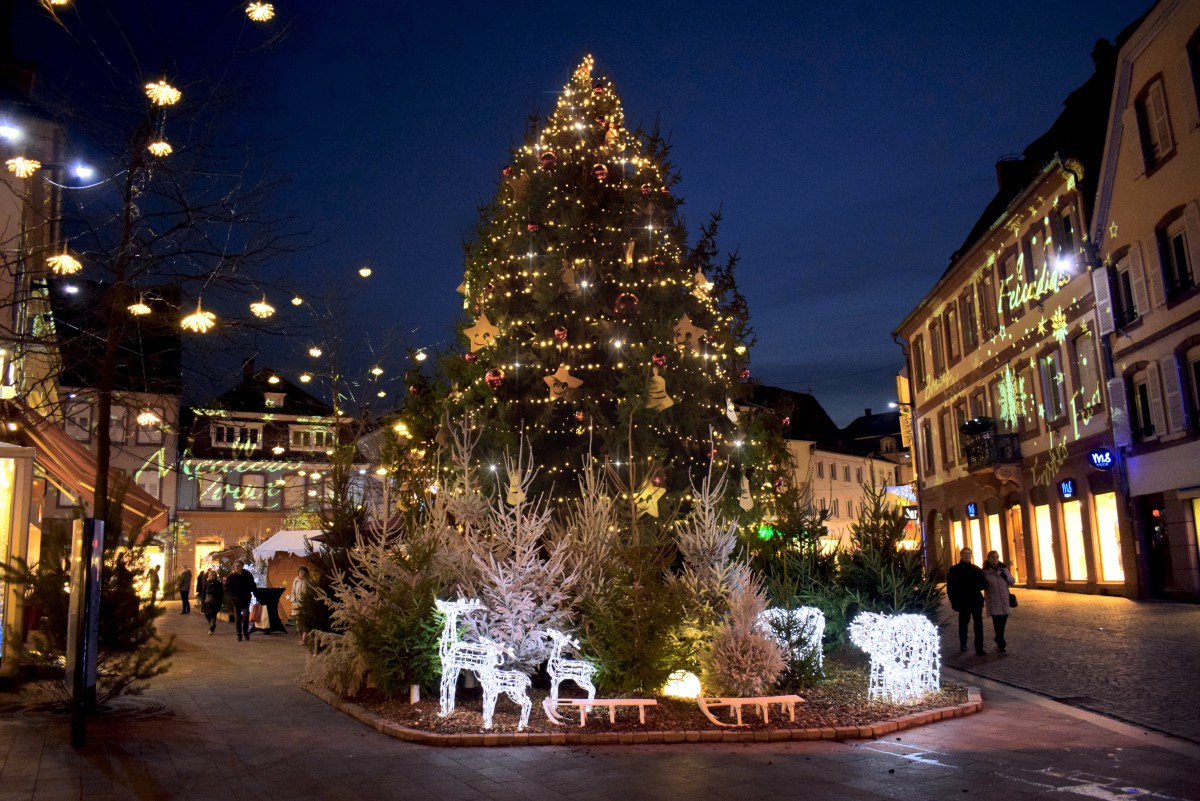
Haguenau © French Moments
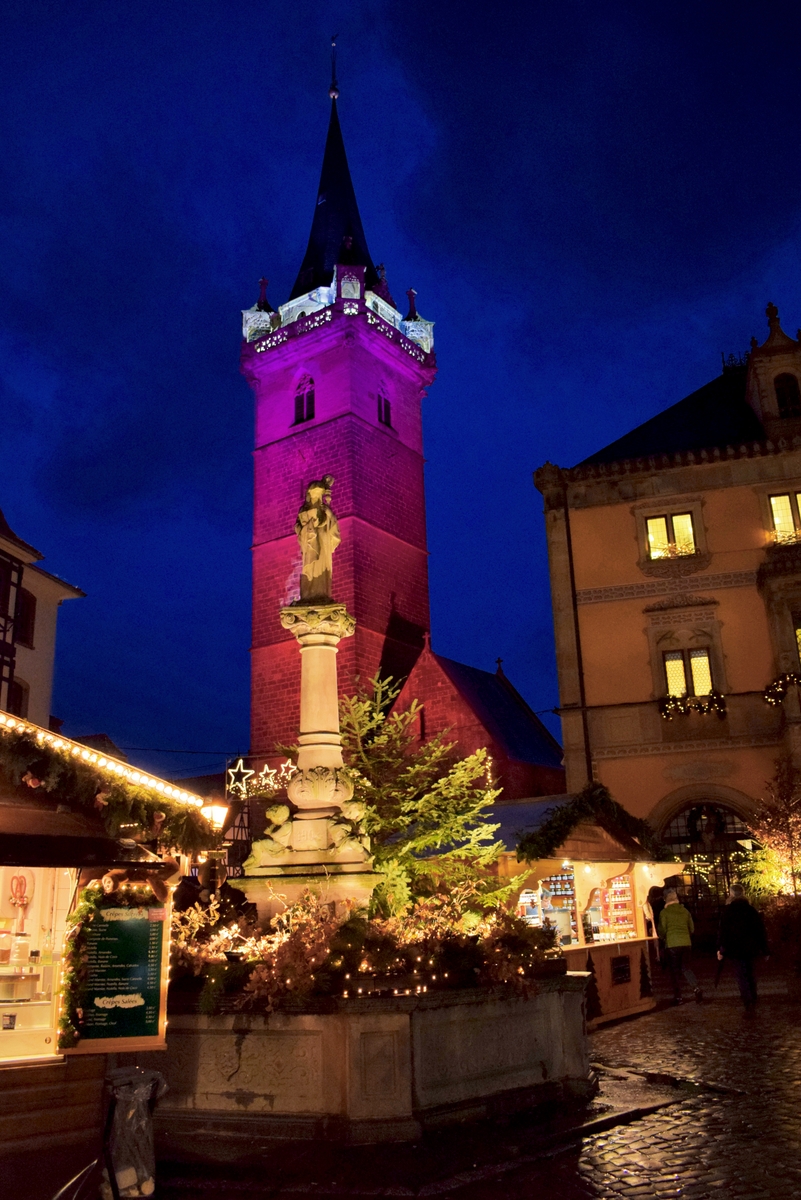
Obernai © French Moments
A Golden Christmas
Gold is a symbolic colour of the Christmas season in Alsace for several reasons. Firstly, gold evokes the sparkle and splendour of traditional Christmas decorations, such as the golden baubles, sparkling garlands and shiny stars that adorn Christmas trees. This colour adds a touch of enchantment and majesty to the festive atmosphere of Alsace's Christmas markets.
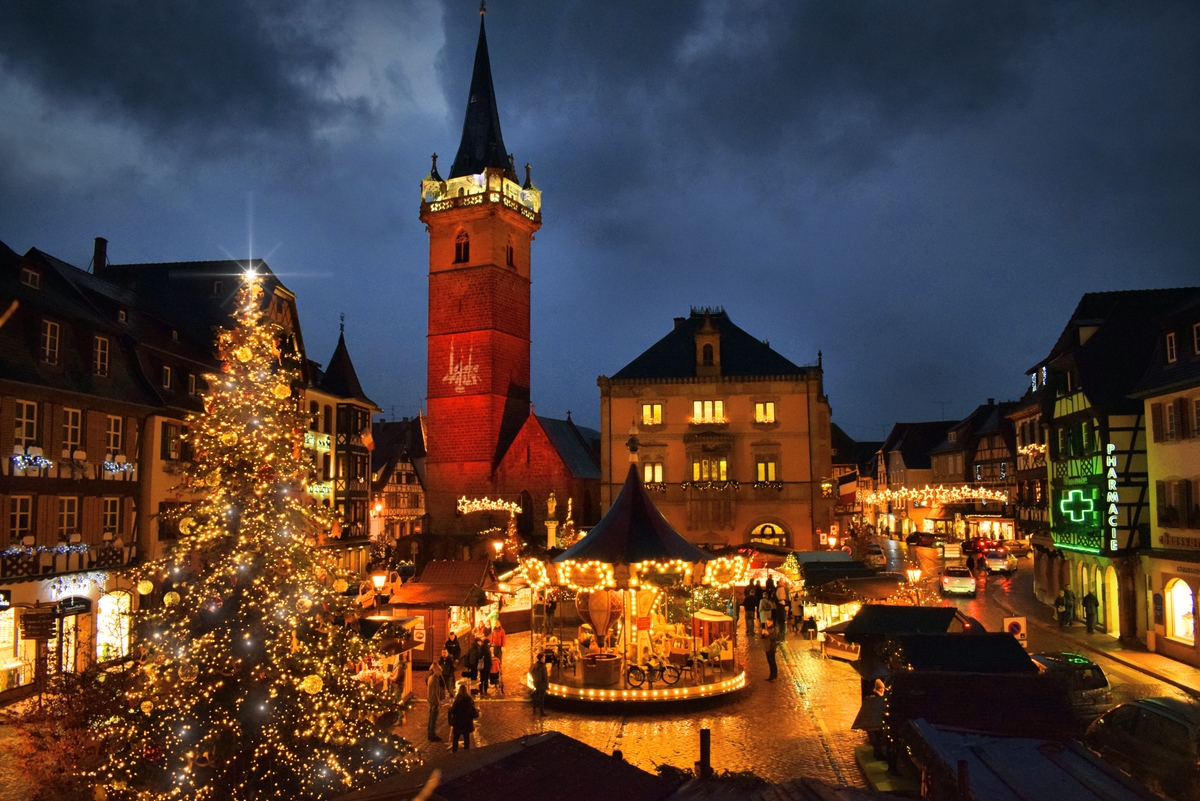
Colours of Alsace - Obernai © French Moments
Secondly, gold is associated with wealth and abundance, recalling the Alsatian tradition of giving unique gifts and sharing delicacies during Christmas. The crafts and gastronomic specialities on offer at Christmas markets are often inspired by this idea of generosity and refinement, reinforced by the presence of gold in the decoration and presentation of the products.
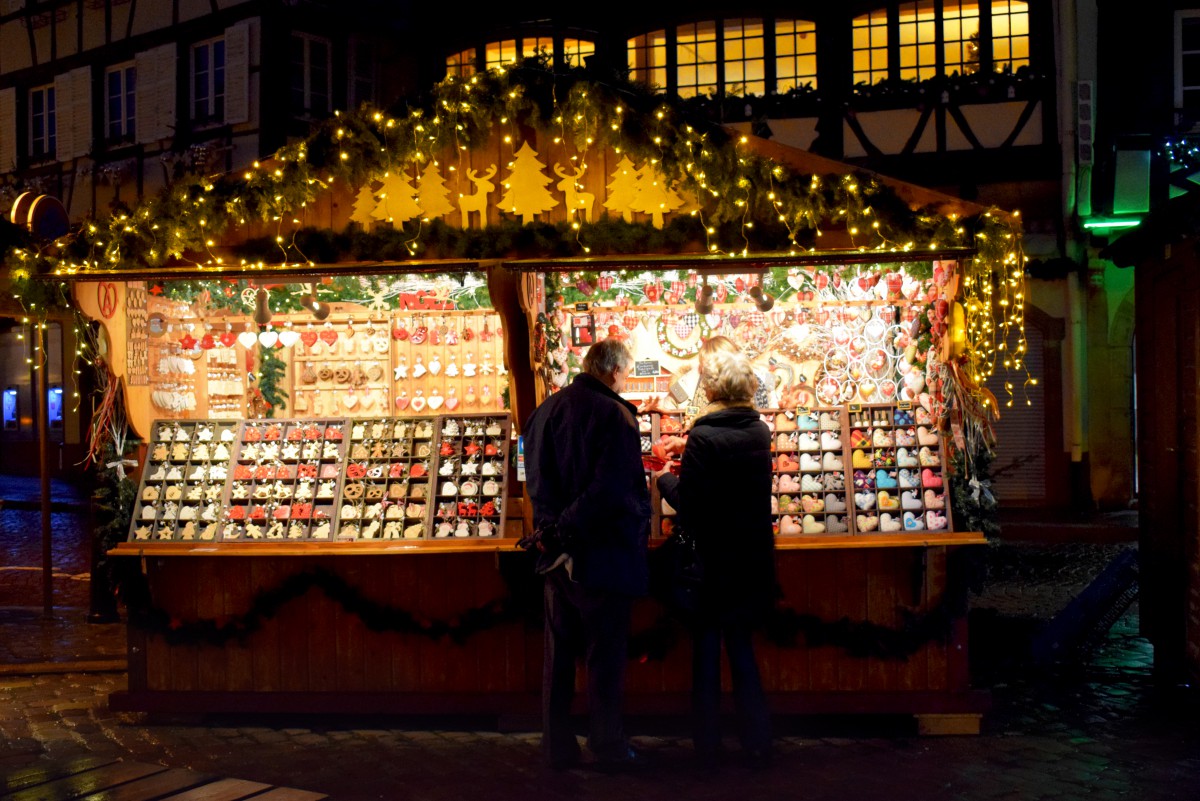
Colours of Christmas in Obernai © French Moments
Finally, gold symbolises the light and warmth emanating from the candles, twinkling lights, and log fires that light up Alsatian homes during Christmas. The colour evokes the joy, comfort and hope accompanying this season of celebration.
Click here to discover the most beautiful Christmas traditions in Alsace.
In Conclusion
In conclusion, the colours that symbolise Alsace reflect the richness and diversity of this uniquely French region. Each colour carries a meaning deeply rooted in Alsace's history, culture and landscape.
The red and white flag, the red geraniums in the windows, the colourful facades, the traditional costumes, the white storks, the green of the vineyards and the golden lights of the Christmas markets are all visual manifestations of these symbolic colours.
These colours are an integral part of Alsace's identity, a reminder of the region's traditions, heritage and heritage. They create a unique and captivating atmosphere, immersing visitors in a world where history, the beauty of nature and a culture rich in tradition all come together.
The colours of Alsace are an invitation to discover this region's uniqueness, soak up its authentic charm and marvel at its cultural wealth.
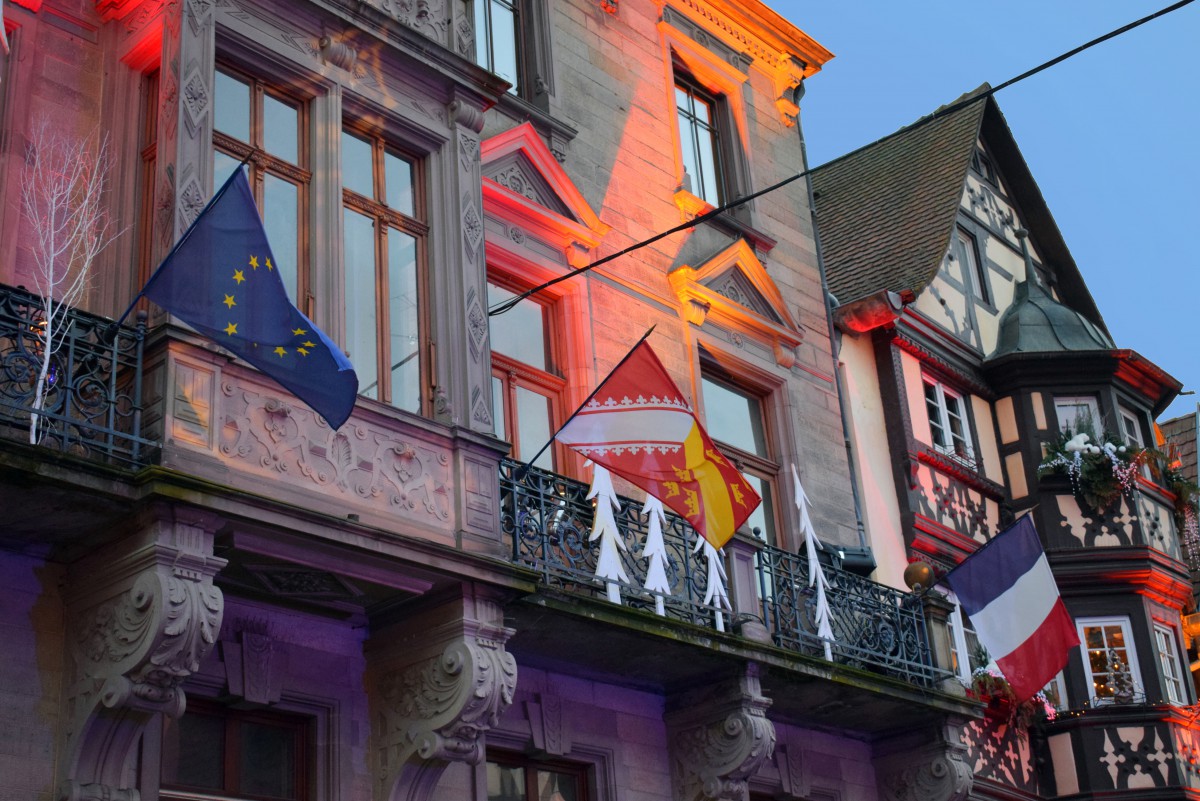
The European, Alsatian and French flags flying at Saverne town hall © French Moments
As you travel around Alsace, you'll realise that these colours are not simply aesthetic but are deeply rooted in the social fabric and soul of the region. They reflect Alsatians' attachment to their history, identity and heritage while creating a harmonious link between past and present. See you soon in Alsace!
🇫🇷 Read this article in French on our blog Mon Grand-Est!




